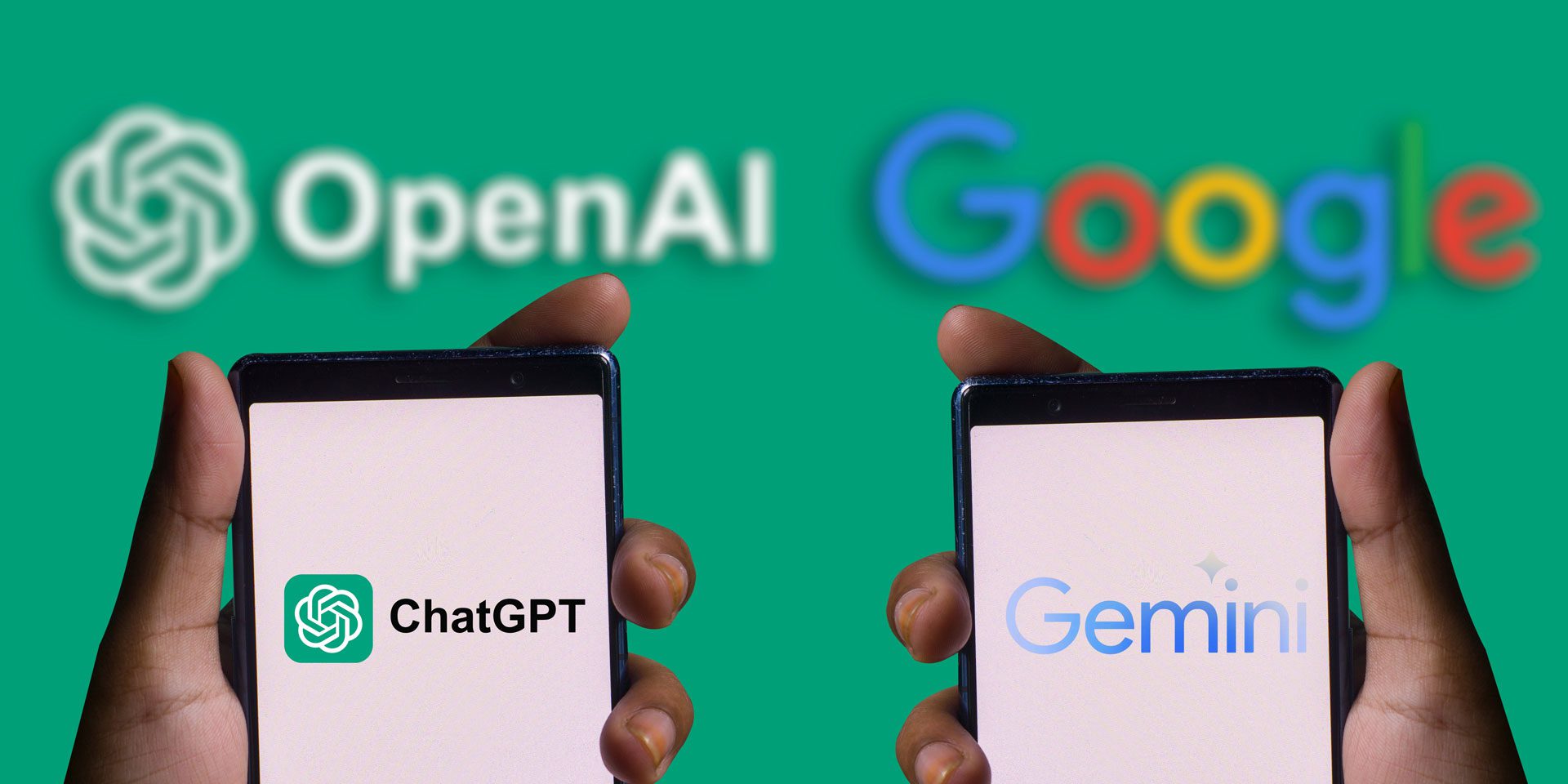Introduction
In today’s fast-paced tech world, businesses are constantly striving to deliver top-notch software products while optimizing costs and efficiency. The integration of Artificial Intelligence (AI) in Quality Assurance (QA) processes has become a game-changer, empowering companies with groundbreaking ways to achieve these objectives. Researchers predict that AI in Quality Assurance will hit USD 4.0 billion by the year 2026. Let’s explore how businesses can harness AI to automate QA processes, cut testing time, enhance accuracy, and foster seamless collaboration between QA and development teams.
Benefits of AI in QA
Embracing AI in QA automation offers a plethora of benefits, such as:
Super-fast Execution – It enables lightning-fast test execution and analysis, slashing the time-to-market for software products. With AI-powered testing tools handling repetitive tasks, QA teams can focus on more critical testing aspects.
Accuracy – AI elevates test result accuracy, minimizing the risk of human errors during testing. By simulating real-world scenarios, AI streamlines comprehensive testing without manual intervention.
Scalability – AI in QA testing ensures scalability, empowering businesses to handle multiple workloads without compromising quality. The beauty of AI-driven test automation lies in its ability to scale up or down depending on the project requirements, making it an efficient, cost-effective solution.
Cost Optimization: By automating testing processes and improving efficiency, businesses can significantly reduce the overall QA costs. AI also helps in minimizing the need for manual testing, which can be resource-intensive. With AI’s ability to process data rapidly, defects and anomalies can be identified in real-time or at an early stage of development, allowing faster remediation and reducing the overall cost of fixing issues.
Common Challenges in Adopting AI in QA
While there are numerous advantages of AI in QA, businesses might face some challenges during implementation. Integrating AI with existing QA processes demands meticulous planning and expertise. Training AI algorithms on pertinent and diverse datasets are is pivotal for accurate results. While AI can improve test coverage, ensuring that AI algorithms cover all critical scenarios and edge cases can be a challenge. Some complex scenarios may require human intervention and testing.
Implementing AI in QA requires specialized skills in data science, machine learning, and AI technologies. Finding and training QA professionals with these skills can be challenging, and organizations may need to invest in upskilling their existing workforce.
Role of Data in AI-Driven QA Success
Data plays a central role in the field of AI-driven QA endeavors. Robust and diverse datasets are the backbone of effective AI model training. Historical testing data, customer feedback, and real-world scenarios serve as invaluable resources for building powerful AI algorithms. Regularly updating and refining these datasets ensures AI systems stay up-to-date with evolving software requirements and user expectations. Also, at any point if a defect is identified, AI can trace back through the data to find the root cause of the issue. This accelerates the debugging process and enables faster issue resolution.
Furthermore, data is instrumental in enabling AI-driven QA systems to engage in continuous learning. As AI models process new data and encounter diverse scenarios, they can adapt and improve their performance over time, enhancing the overall QA process. Handling big data efficiently allows AI systems to scale and handle vast amounts of information, enabling them to glean valuable insights and patterns that might otherwise remain hidden. The combination of robust data, continuous learning, and handling big data empowers AI-driven QA to deliver cutting-edge software solutions.
Automating QA Processes with AI
The power of AI in software QA lies in its ability to automate various testing processes and reduce cost/time. AI-driven automation can streamline test case generation, regression testing, and performance testing. Automated test scripts can be reused across projects, saving precious time and effort. Furthermore, AI enables self-healing testing, where the system adapts to software changes and updates test scripts accordingly.
Another important aspect is the NLP (Natural Language Processing) testing, which is an essential aspect of software quality assurance; especially for applications that heavily rely on NLP components such as language models, sentiment analysis, and chatbots. AI can play a significant role in automating and improving NLP testing processes. AI can be used to validate the accuracy and performance of language models, testing Chatbot responses, Intent recognition and entity extraction, Sentiment analysis, Regression testing, Multilingual testing, and much more. Moreover, as AI-driven automation adapts to changes in the software, it helps ensure that NLP functionality remains robust and error-free with each software update or change. This ultimately leads to improved user experience and higher customer satisfaction.
Enhanced Collaboration Between QA and Development Teams
Delivering top-tier software products demands seamless collaboration between QA and development teams. Here, AI can provide real-time insights into testing results. These insights enable developers to address issues early in the development cycle, leading to rapid bug fixes and high software quality. Regular communication and feedback between QA and development teams foster a culture of continuous improvement and enhanced collaboration.
Conclusion
AI in QA automation and testing unleashes a powerful toolkit for businesses to optimize costs, increase efficiency, and deliver exceptional software products. By embracing AI-driven QA, companies enjoy advantages like accelerated test execution, heightened accuracy, and scalability and cost-reduction. However, successful adoption requires addressing challenges, emphasizing quality data, and nurturing collaboration between QA and development teams. As businesses harness AI’s potential, they gain a competitive edge, driving innovation and exceeding customer expectations in the dynamic digital landscape.
Looking to implement AI in Quality Assurance Automation and scale your business to the next step? Take a look at Integra’s Quality Engineering Services, which aim to reduce 30% testing costs and improve product quality by 40%.











